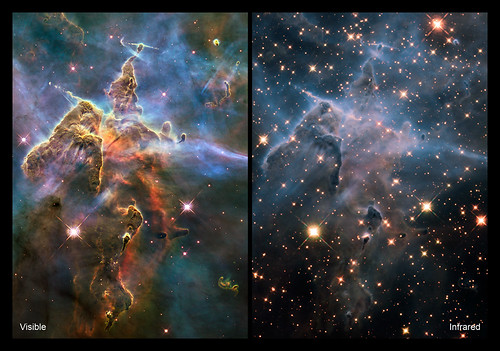JAMES WEBB SPACE TELESCOPE GALAXIES
Hi, I’m Marley, the astronomer here at the Space Centre. This month we are taking a look at galaxies. These massive systems of stars, gas, and dust have been getting their moment in the spotlight thanks to the James Webb Space Telescope (JWST).
It seems like every few months, JWST has discovered a galaxy even younger, even further away, or even more massive. Or, you might see headlines about how this telescope has somehow broken cosmological theories that astrophysicists use to explain our universe. So, what is really happening?
Ideas surrounding galaxy formation and evolution go all the way back to the beginning of the universe: the Big Bang. Astronomers theorize that after the Big Bang, dark matter provided the scaffolding for baryonic (‘normal’) matter to latch onto. Over millions of years, denser areas of matter attracted each other through gravity. Eventually, what were once large clouds of gas and matter became primordial galaxies. The gravity of these young galaxies led to processes like collisions, disruptions, and mergers occurring over billions of years. These processes, and the stars forming in the galaxy, will impact the structure it will have at the end. Although, there are still a lot of questions marks in these ideas. The exact details surrounding how processes like mergers and collisions will influence an early galaxy, and when galaxies first began to form, are still fuzzy.
These primordial galaxies do not look anything like the grand spirals we think of when we imagine a galaxy. Primordial galaxies are small and clumpy, with no clear structure when compared to the galaxies we see today. Star formation would be occurring in tightly wound knots. Scientists saw these types of galaxies with the Hubble Space Telescope. Whereas, with an infrared telescope, JWST allows us to see galaxies from an earlier time in the universe than Hubble can.

The light from these galaxies is redshifted as it travels, thanks to the expansion of our universe. If Hubble is able to see toddler galaxies, JWST sees baby ones.
Recently, an international team of astrophysicists found six candidate galaxies using data from the Cosmic Evolution Release Science (CEERS) survey. They found that these six candidate galaxies formed within 700 million years of the Big Bang. If they are baby galaxies, they do not appear to fall in line with our current models of galactic evolution. They all have masses about 10 billion times the mass of our sun. Our current models expect them to have relatively low mass, with less stars than older galaxies. Our models for galactic evolution are not necessarily wrong, but our timing might be. Galaxies may have started forming earlier than we thought, hence, research into these six candidate galaxies is crucial. The distances to them need to be confirmed, and we need to figure out if they are really as bright and massive as this study finds them to be. Some astronomers who were not part of the study suggest that they might not even be galaxies at all! Instead, they could be supermassive black holes surrounded by large amounts of dust and gas, which opens up a whole new avenue of questions.
At the end of the day: we need to take another more detailed look at these candidate galaxies. Until then, they offer a lot of exciting discussions about the future of our ideas surrounding the evolution of galaxies and our universe. If the findings from this study hold for even one of these six candidate galaxies, our ideas surrounding galactic formation and evolution will have us asking more questions about the origin and evolution of our universe.
We’ll be waiting a while for that new science – a year or more. While you wait, try out some activities below!
Astronomer’s playlist
Time
Activity
5 mins
Galaxy Formation
There are a lot of fuzzy areas when it comes to galaxy formation and evolution. Check out this Minute Physics video to get an idea of how scientists put together their theories around the lives of galaxies, and where some of the main question marks are.
Ask yourself: Do you think our understanding about galaxy formation change as we learn more about dark matter?
30 mins
More Galaxy Info
There is a lot about galaxies that I didn’t cover in this blog post. The three major categories, the influence of dark matter, and the fact that the Milky Way and Andromeda are on a collision course! Check out this page to learn more about all of those topics.
Ask yourself: What do you think will happen to the shapes of the two galaxies when they collide?
60+ mins
Galaxy Zoo
Do you want to help scientists with their research? In this citizen science project, you can classify galaxies based on their shape, which will help scientists to better understand their evolution.
Ask yourself: How different do you think galaxies images by JWST will look?
–
Cosmic Evolution Early Release Science Survey (CEERS)
If you are interested in the CEERS survey, here is their homepage! From here you can learn more about the survey, what area of the sky it will cover, and even papers published from members of the CEERS team.


